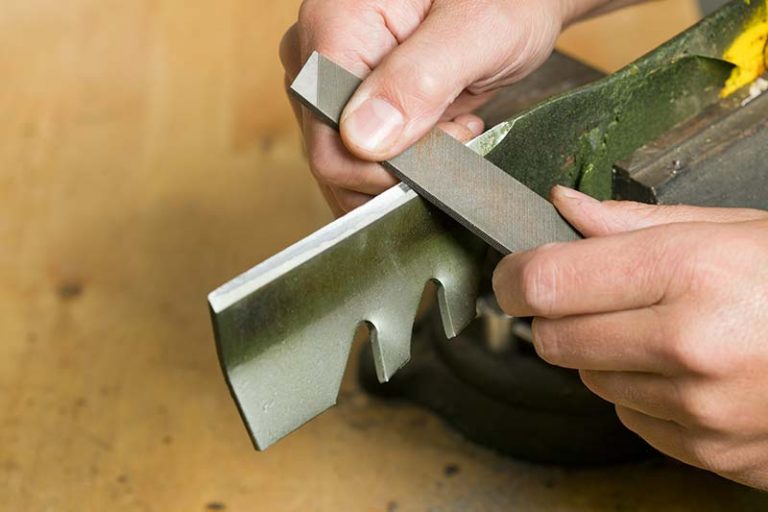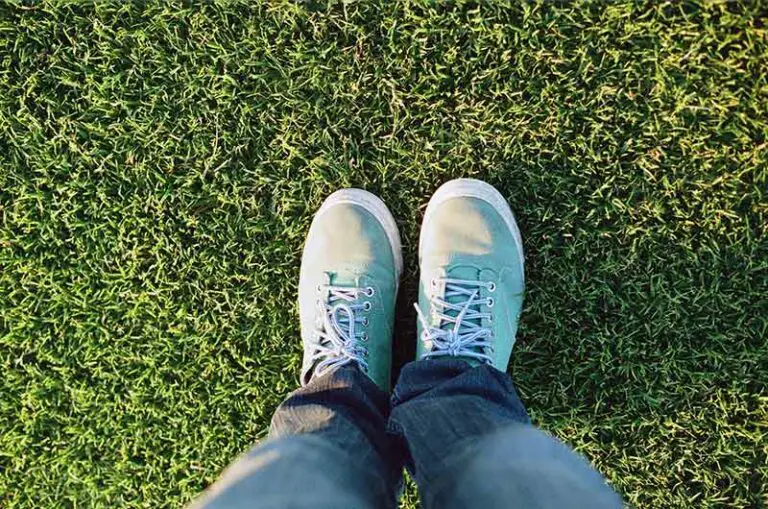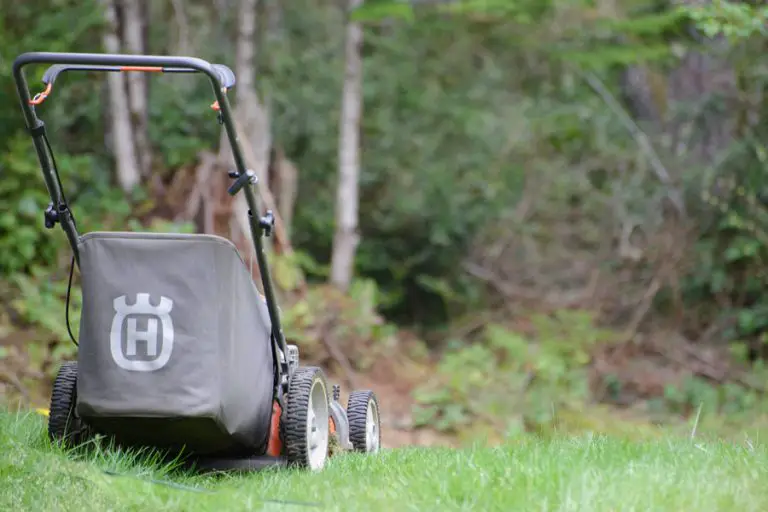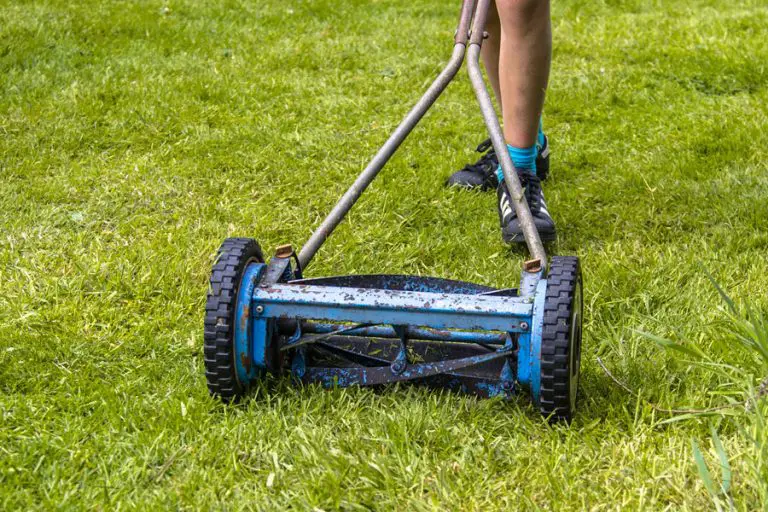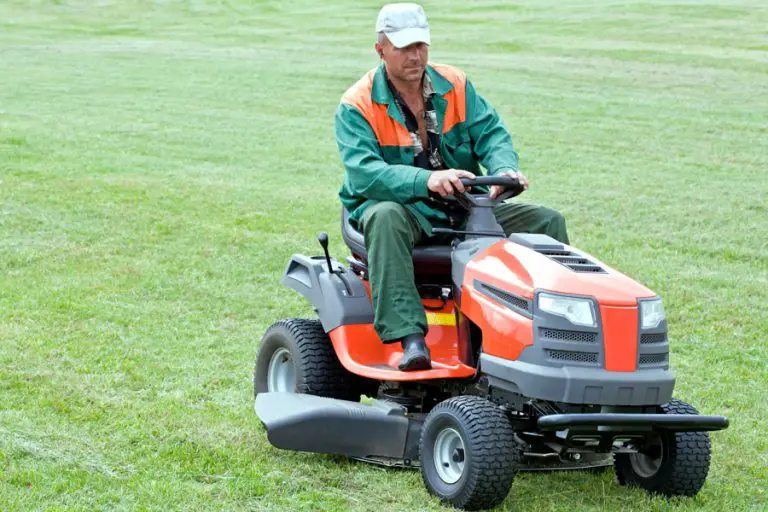Mowing Made Easy: When to Mulch or Bag Grass Clippings
When mowing your lawn, you have two options: you can either bag the grass clippings, or leave them in place wherever they fall. Both methods can provide your lawn with benefits under different circumstances. It’s important to know when to mulch or bag grass clippings to maintain the health of your lawn.
You always bag grass clippings if your lawn is suffering from disease or pests, if your grass is particularly tall, or if you want to bag the grass clippings to use for other purposes. Bagging your grass clippings will leave you with an instantly appealing lawn. If your lawn is otherwise healthy, it’s best to mulch your grass clippings by leaving them in place on the lawn.
Grass Clippings as Mulch
Mulching grass clippings involves mowing your grass as normal, either with regular blades or mulching blades, before allowing the clippings to fall onto the lawn. The grass clippings act as any other organic mulch would; they decompose on the lawn to provide the grass with a boost of nutrients, in addition to providing shade to the soil surface. This helps your lawn to retain moisture and strengthens it against weed growth and other issues like pests and disease.
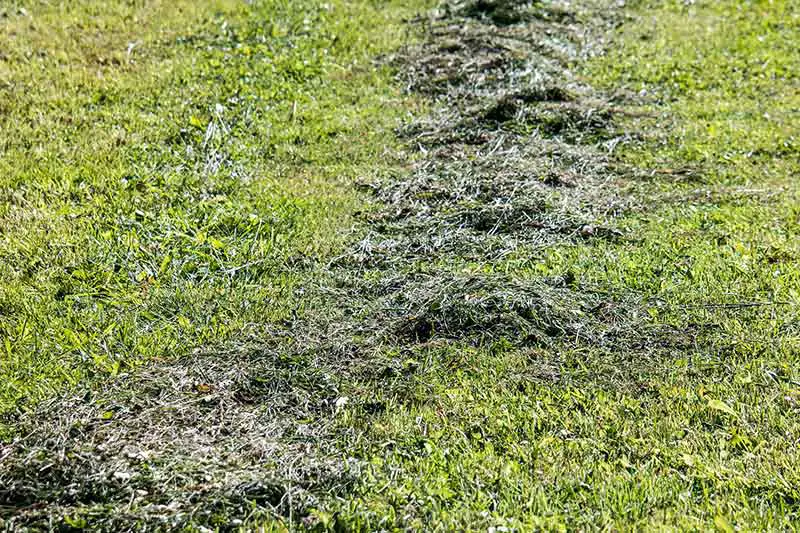
Grass Clippings as Mulch Pros and Cons
Pros of Using Grass Clippings as Mulch
- Creates Less Work For You
Leaving grass clippings on the lawn is the best option if you want to put as little time and effort into your yard work as possible. After you finish mowing, you don’t need to do anything else to reap the benefits of your grass clippings. Bagging the clippings, on the other hand, involves raking them up and transporting them to use elsewhere or to dispose of.
- Better for the Environment
Choosing to mulch grass clippings is much more environmentally friendly than bagging and disposing of them. In the US, yard trimmings make up about 12% of household waste; this equates to about 35.4 million tons of yard waste ending up in landfills every year. By mulching your clippings, you avoid contributing to this unnecessary waste.
- Saves You Money
In general, choosing to mulch grass clippings is more cost-effective than bagging them. If you mow your grass yourself, no other equipment is necessary other than your lawn mower. If a lawn care expert mows for you, mulching the grass reduces their time, thus reducing the bill for their services. Bagging the clippings, on the other hand, requires equipment like a rake, leaf blower, a mower bagging attachment, and replacement bags for the attachment. You may also need to pay for disposal services to get rid of the clippings after mowing.
- Provides Free Fertilizer for Lawn
One of the biggest benefits of grass clipping mulch is that it acts as a free organic fertilizer for your lawn. The grass clippings decompose quickly, returning a host of important nutrients like nitrogen, phosphorus, and potassium back into the soil. Grass clipping mulch can provide up to 25% of the fertilizer needs of your growing grass. This will help maintain the health and look of your lawn throughout the year at no extra cost to you.
- Helps Lawn Retain Moisture
Another benefit of grass clipping mulch is that it helps the lawn to retain moisture. When it rains or you add water through irrigation, the grass clippings will hold onto moisture from these sources. Instead of evaporating, this moisture is held by the grass clippings to be absorbed later by the growing grass. This is particularly beneficial if you live in an area with a dry or warm climate.
- Reduces Weed Growth
A layer of grass clipping mulch can also help to reduce weed growth on your lawn. The grass clippings provide extra moisture and nutrients to your growing grass, which generally strengthens them against weed growth. The layer of grass clipping mulch will also provide some shade to smother weeds growing on the lawn and prevent weed seeds from germinating.
- Helps to Prevent Soil Erosion
Grass clipping mulch is particularly beneficial on sloped areas of your lawn or garden beds to prevent soil erosion. The mulch layer will help keep the underlying soil in place during heavy rain; this will help the soil in these areas to retain nutrients, as well as keeping shallow-rooted plants in place.
Cons of Using Grass Clippings as Mulch
- Not Recommended for Wet Lawns
Although moisture retention is one of the benefits of grass clipping mulch, it can hold onto excessive moisture after a heavy rainfall. Mowing wet grass is a bad idea for a number of reasons; it can clog your mower, damage your mower blades, and ruin the health and aesthetics of your lawn. On top of this, using wet grass clippings as mulch will cause the clippings to clump up on the lawn. This leaves your lawn more susceptible to pests, lawn diseases, and may smother the underlying grass. If you’re mowing soon after a heavy rain, it’s best to bag the clippings instead of leaving them on the lawn.
- May Contribute to the Development of Disease
If your lawn is prone to or already suffering from lawn fungus or disease, mulching grass clippings is not recommended. Not only do the clippings spread the harmful fungi around your lawn, but they’ll also create an ideal environment for the fungi to multiply by holding onto moisture.
- Makes Lawn Look Less Visually Appealing
Leaving lots of loose clippings on the lawn can make it look messy and aesthetically unappealing. If you want your lawn to look clean and professional straight after mowing, it’s best to bag the clippings instead of mulching them. However, if you have the patience, the grass clippings will ultimately improve the appearance of your lawn once they decompose.
Equipment for Mulching Grass Clippings
As we’ve mentioned, you won’t need to buy any extra equipment to mulch grass clippings on your lawn. All you need to do is leave the discharge chute on your mower open and let the clippings fall on the lawn as you mow. With that said, the best way to mulch grass clippings is to buy specialized mulching blades; these attach to your mower in place of the normal blades.
For grass clipping mulch to decompose quickly, it’s important that the clippings are as small as possible. Mulching blades are specially designed to cut up the clippings into smaller pieces. Regardless of the type of blades you use, it’s crucial that your mower blades are sharp; remember to sharpen your blades every 20 to 25 hours of usage.
Bagging Grass Clippings
Your alternative option is to bag the grass clippings during or after mowing. The easiest way to bag grass clippings is to use a bagging attachment on your mower; these attachments collect the clippings as you mow, meaning no clean-up is necessary after the process. Instead, you can use a rake to gather up the clippings after mowing and manually bag them. Although this method requires more effort to carry out, it’s a better option if your lawn is prone to disease and pest infestations.
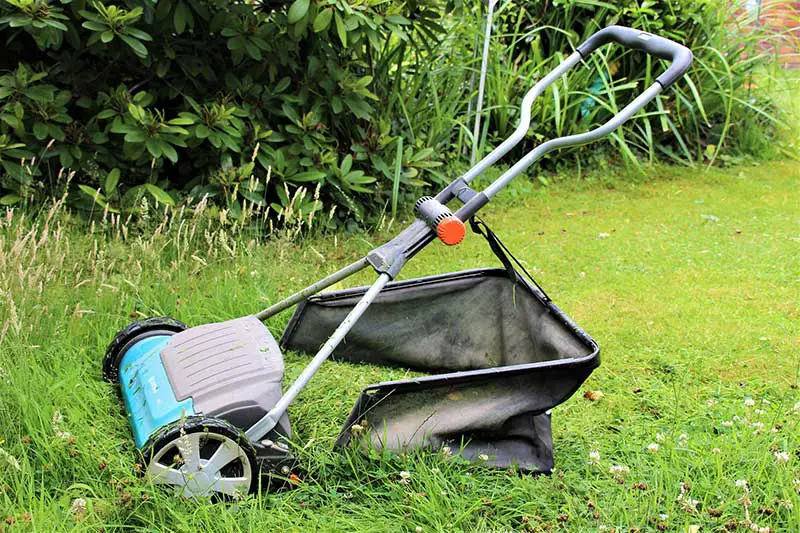
Pros and Cons of Bagging Grass Clippings
Pros of Bagging Grass Clippings
- Lawn Has Better Appearance
If you choose to bag grass clippings, your lawn will look better instantly after mowing. Leaving the clippings on the lawn can make your yard look messy and unkempt. Bagging your clippings will give your lawn a professional and clean look; this requires minimal effort if you use a bagging attachment to collect the clippings as you mow. It also prevents any clippings from being brought into your house on shoes or the paws of your pets.
- Better for Allergies
If you or someone in your home has allergies to grass pollen, it’s much better to bag your clippings. Mulching grass clippings can stir up grass pollen that will remain on your lawn and irritate anyone with a sensitivity. Again, using a bagging attachment is the best method as this will reduce your contact with the pollen completely. If you have allergies but you still want to mulch your clippings, just avoid doing so from May throughout August; this is when grass pollen levels are at their highest. At any other time of year, opt for bagging the clippings instead.
- Less Risk of Pests
Unfriendly lawn pests love to hide in long grass and piles of grass clippings. Leaving the clippings on the lawn will provide pests with an inviting place to take shelter and multiply. If your grass is particularly tall, i.e. longer than 1 inch, it’s best to bag the clippings.
- Less Risk of Disease
Leaving your clippings on the lawn can increase the risk of the development and spread of lawn diseases and fungus. Heavy grass clippings may smother the grass and hold excess moisture, which creates the perfect breeding ground for harmful fungi. By bagging the clippings, you avoid encouraging the multiplication of these organisms. It’s particularly important to avoid leaving clippings on the lawn if it’s already suffering from any type of disease.
- Can Collect Clippings for Composting
Aside from mulching, there are many other ways to repurpose grass clippings without disposing of them. A great way to reuse those leftover clippings is to compost them; bagging grass clippings will allow you to gather them up and place them on a compost pile or compost bin.
Cons of Bagging Grass Clippings
- More Work than Mulching Clippings
The biggest disadvantage of bagging grass clippings is that it generates more work than is necessary to mulch them. If you don’t have a bagging attachment, you’ll need to rake and bag the clippings manually, adding more time onto your mowing session. Even if you have a bagging attachment, you’ll still need to spend time disposing of the clippings or adding them to your compost. Using a mulching blade to mulch the clippings as you mow is a much quicker and easier method than bagging them for other purposes.
- Have to Dispose of Clippings
If you don’t have any other use for the clippings, your only option is to dispose of them after bagging. You’ll have to find a suitable place to dump the clippings, which requires more time, energy, and money spent on the entire process.
- Missing Out On the Benefits of Mulch
There are a host of benefits that come with mulching grass clippings onto your lawn. By bagging grass clippings, you miss out on the opportunity to provide your lawn with a free organic fertilizer.
Verdict: When to Mulch or Bag Grass
As we’ve now discussed, both methods have their own benefits and drawbacks. This means that the decision of when to mulch or bag grass ultimately relies on your own circumstances and what method fits your lawn best.
When to Bag Grass Clippings
You should bag your grass clippings if you fit any of the following circumstances:
- Your lawn is prone to disease or is currently suffering from disease;
- Your lawn is prone to pest infestations;
- You don’t mow regularly and your grass is longer than several inches tall;
- You want an instantly aesthetically pleasing lawn;
- Members of your household suffer from grass pollen allergies;
- You want to compost your grass clippings or use them for an alternative purpose.
When to Mulch Grass Clippings
You should mulch your grass clippings in these circumstances:
- You want to provide your lawn with free fertilizer;
- Your lawn is prone to drying out;
- You want to invest minimal time, effort, and money into your yard work;
- Your lawn is prone to weed growth;
- You want to reduce soil erosion in your lawn or garden.

